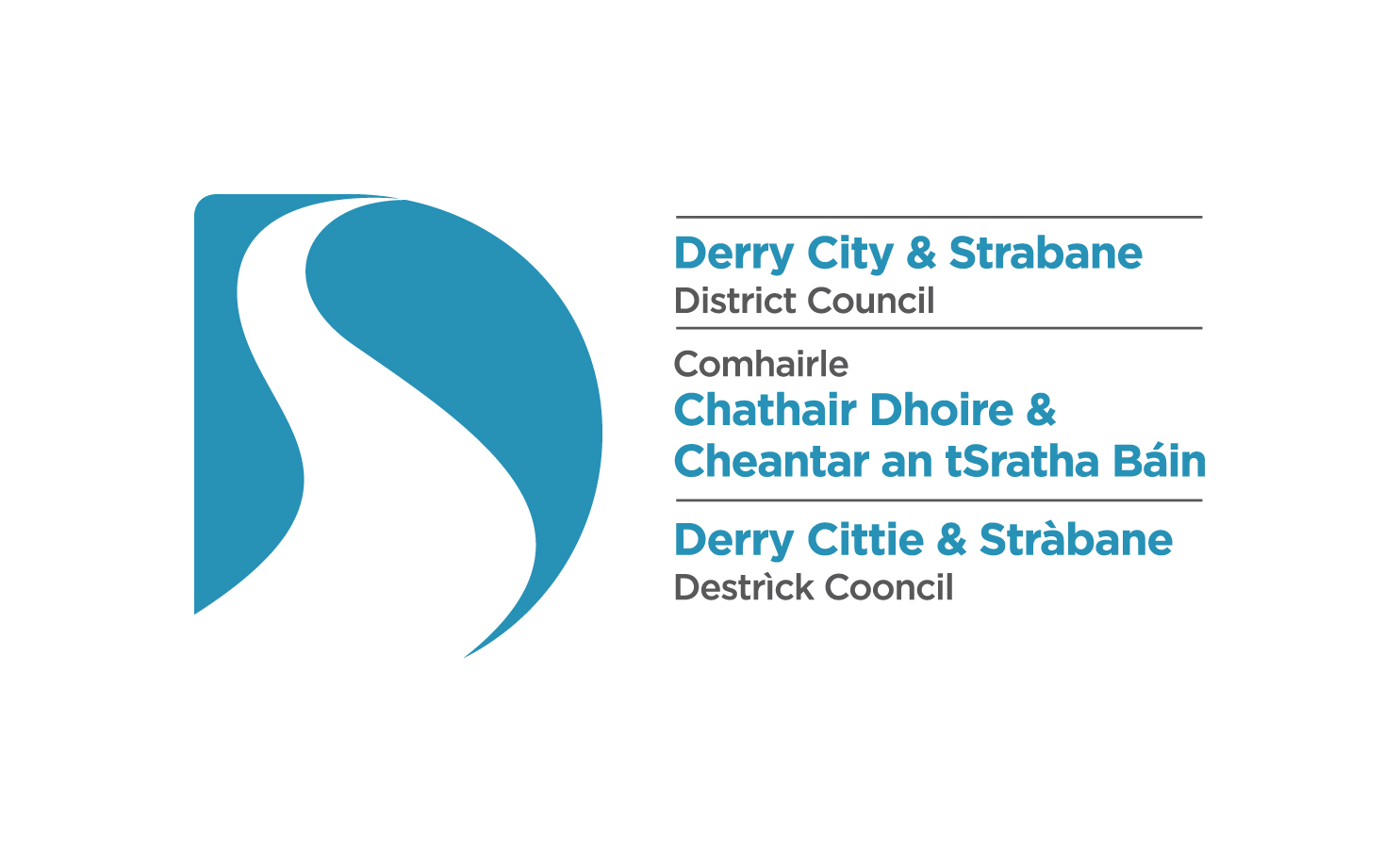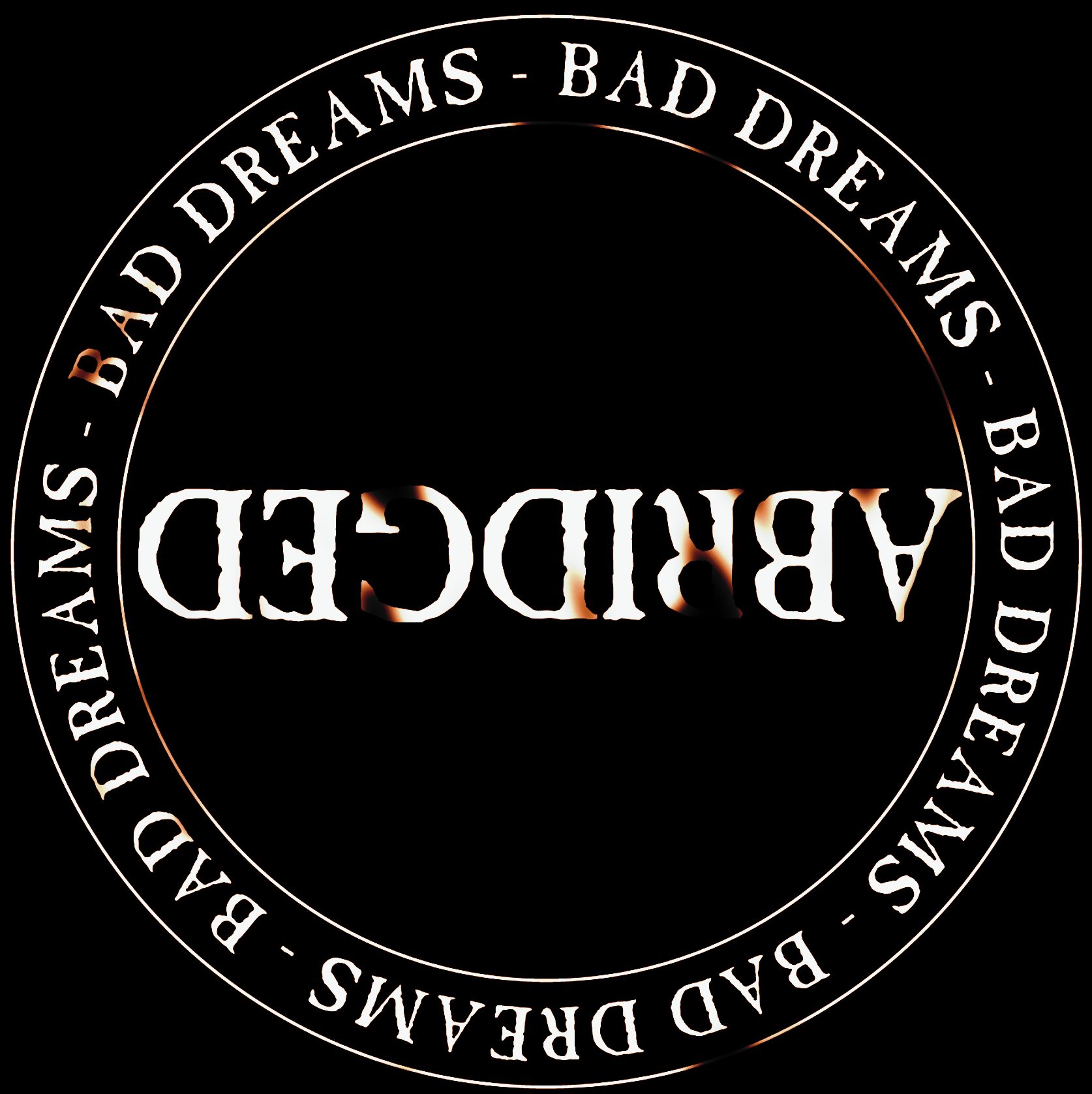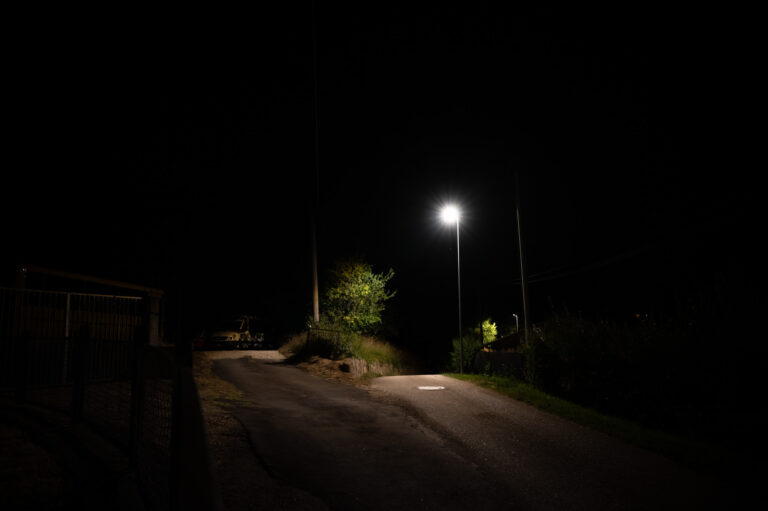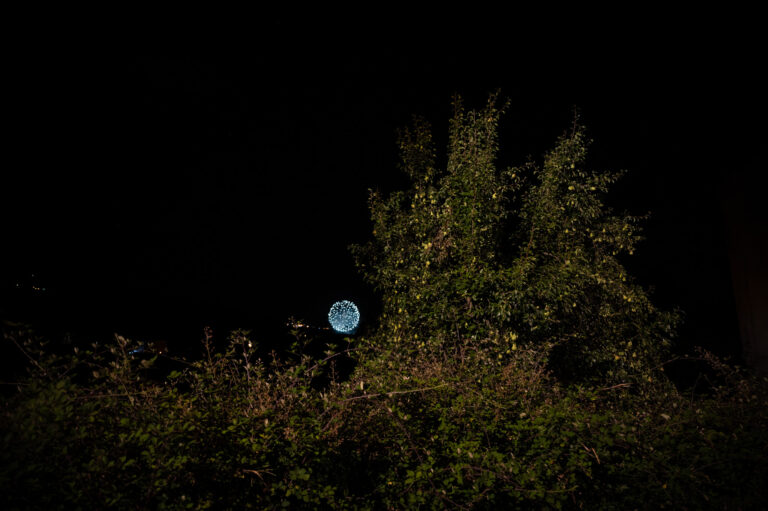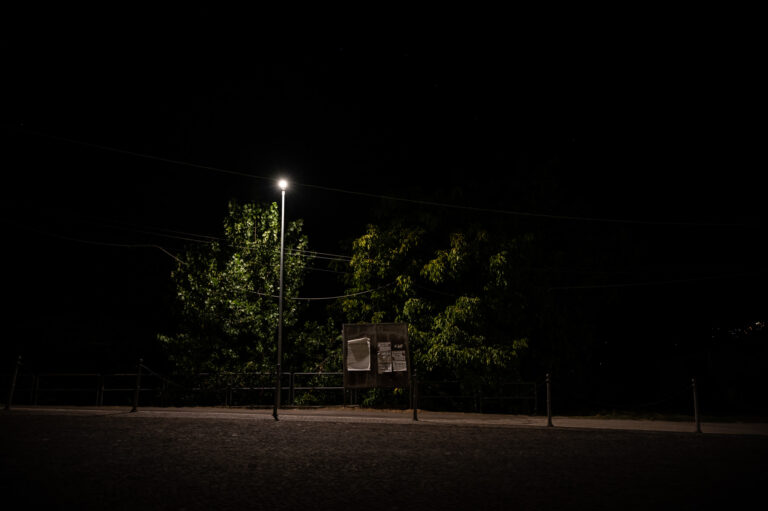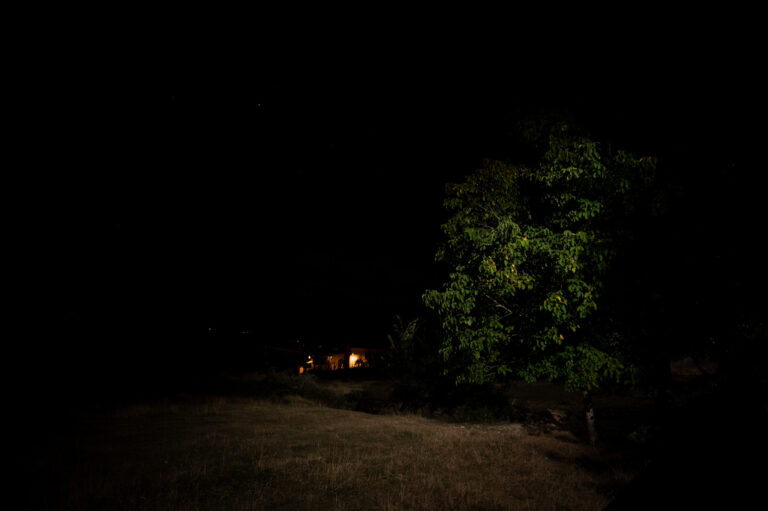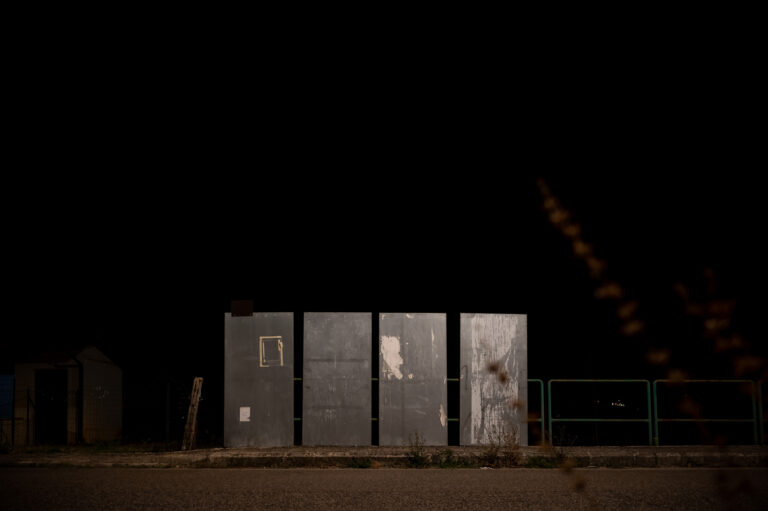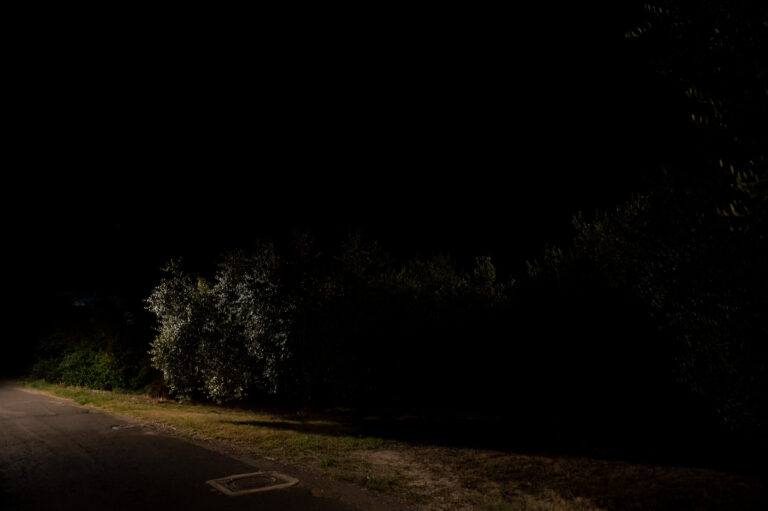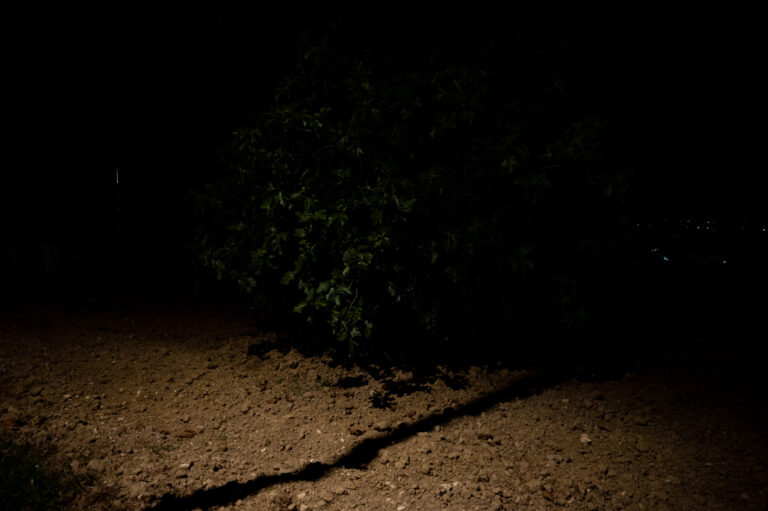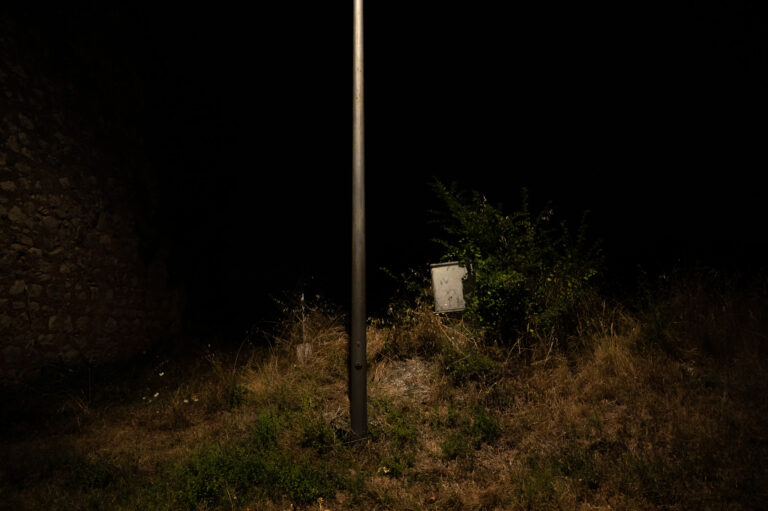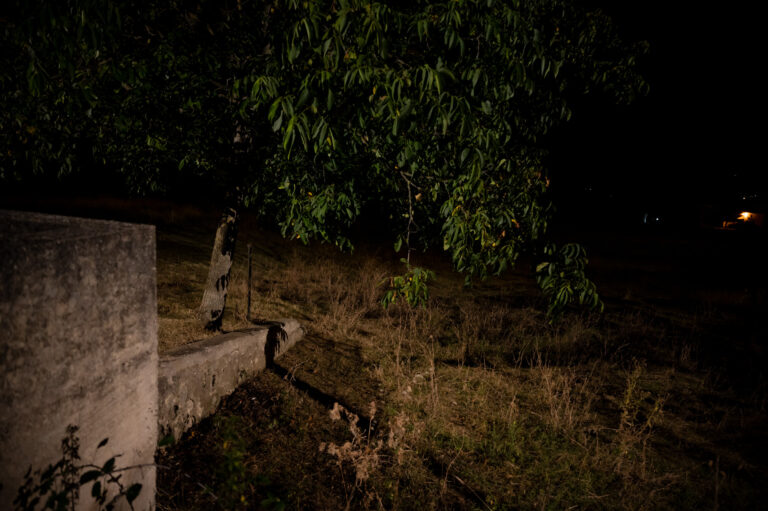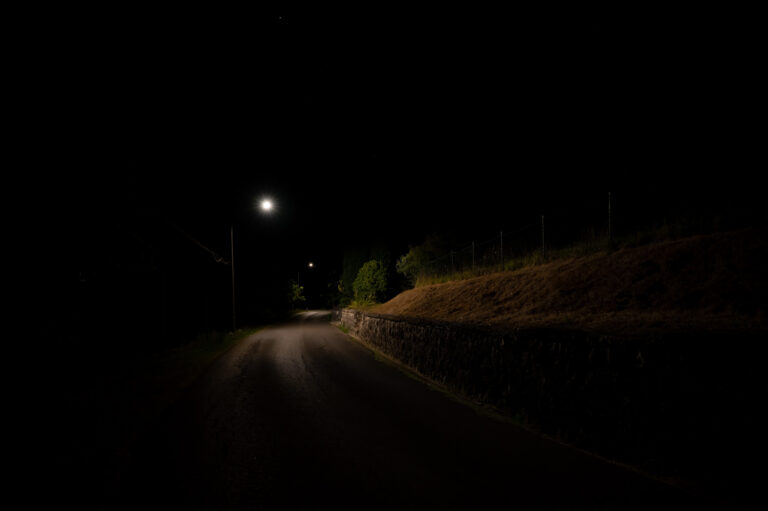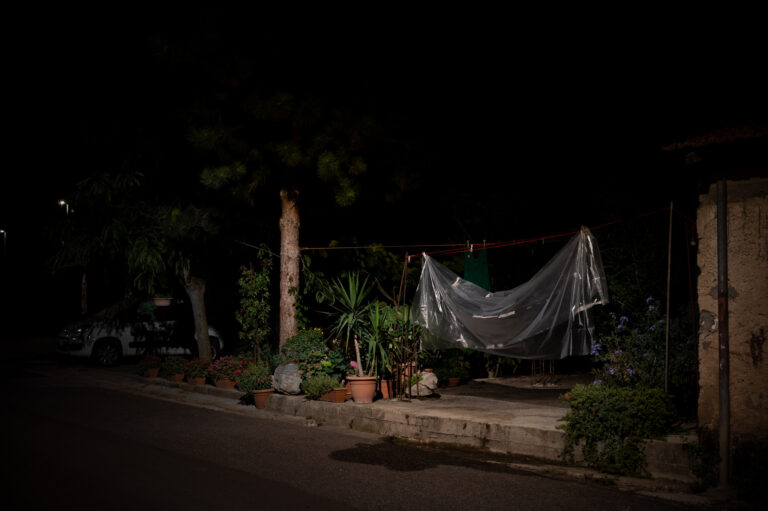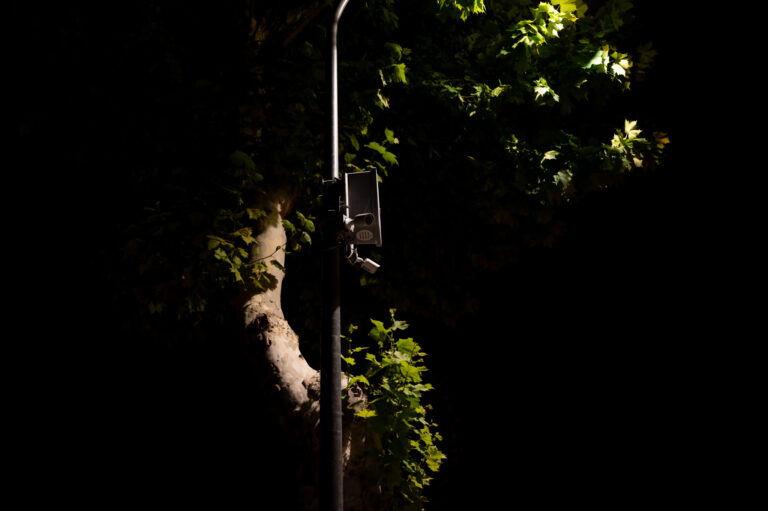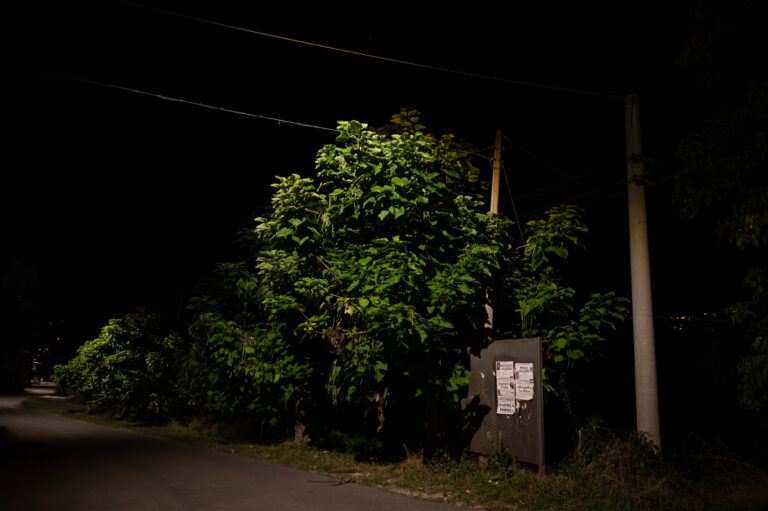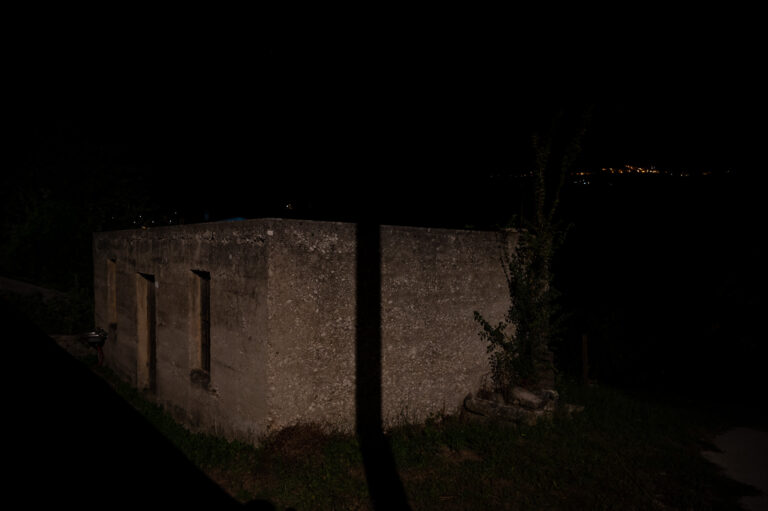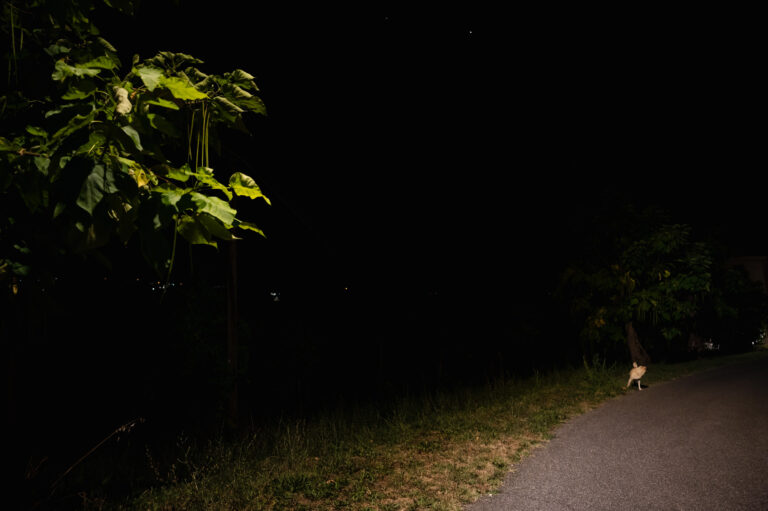Revisiting the places where we grew up is never uncomplicated and straightforward, particularly if the same motivations that prompted us to leave remain unresolved. A lingering sense of estrangement can germinate unexpectedly even against the backdrop of a peaceful, bucolic setting, and visiting in the aftermath of a first pandemic wave, with a second one just around the corner, didn’t make matters any easier.
A well trampled-on terrain, explored inch by inch during childhood and adolescence and revisited at regular intervals through the years, consisting mainly of empty space – in between familiar buildings, trees, people – usually populated by vegetation and domesticated and stray animals, but also by snakes, vipers, owls, foxes, wild boars and the occasional wolf or bear. A deep-rooted phobia of snakes that constrains me to wandering the streets during the night, when the reptiles finally retreat to their underground dens, even though this is exactly the time when it is more likely to experience trickier encounters with more threatening fauna. In this context, and after self-isolating for two weeks, spending time mainly on the rooftop of my house – during the day under the scorching sun and, at night under a blanket of stars and in the company of bats and crickets – even the most serene night stroll could spiral into an excuse for brooding wanderings of the mind.
After my quarantine, every evening, like a modern-day hunter gatherer armed with my camera, I would set about to try and make sense of it all. Or at least to give it a cursory try. I savoured that simple act of recording, of capturing my own unease that seemed to permeate everything else around me. That haunting disquietude and interior restlessness first encountered right here in these places during adolescence, and that has followed me everywhere, now seems to have enveloped the entire planet.
In our hyper-documented world, where we are constantly immersed in images, news, communications, where we capture, upload, share, ‘like’ millions of photographs every second, retreating and almost losing myself into the tenebrae of these vast empty spaces gave me a sense of comfort and edginess at the same time. One night, cocooned in the darkness and enwrapped in the chirping sound of crickets and the swooping of bats, the words of Blaise Pascal resonated in my mind. Le silence éternel de ces epaces infinis m’effraie. And like the fireflies that in childhood we cruelly trapped in jars during the summer nights, and that would inexorably lose their luminescence and die before daybreak, all the things I had known could no longer be named in the morning.
Paola Bernardelli is an Italian lens-based artist living in Derry. Her practice has drifted towards an introspective approach in the age of pandemic, a departure from her previous work, based on archival investigation paired with fieldwork research. In recent years her research had brought her to delve into archives in cities along the route taken in 1933 by Italian fascist general Italo Balbo and his 99 men and 25 seaplanes, from Italy though Derry and Reykjavik across the Atlantic Ocean to Newfoundland and Chicago. Along the route she uncovered resourceful acts of resistance and, often humorous, unofficial stories that had slipped through the fabric of history, highlighting how contemporary society defines itself through selective memory and how the cult of celebrity overwhelms morality and decision-making.
Recent solo exhibitions include Who is Balbo? Down with Balbo!, Hàskòlatorg, Reykjavìk, 2018; More Men Than Columbus, Verbal, Derry, 2016; Lay Devotions And Flawed Recollections, LICA, Winnipeg, 2016. Recent group exhibitions include #1, Wild Tulips, Derry, 2019; The Colder The Air, SÍM Gallery, Reykjavìk, 2017; Future Artist Maker, The Exhibition, UltraLab, Madrid, 2016.
This exhibition is Curated by Gregory McCartney. Thanks to Paola Bernardelli.
This exhibition is funded by Derry City and Strabane District Council.
